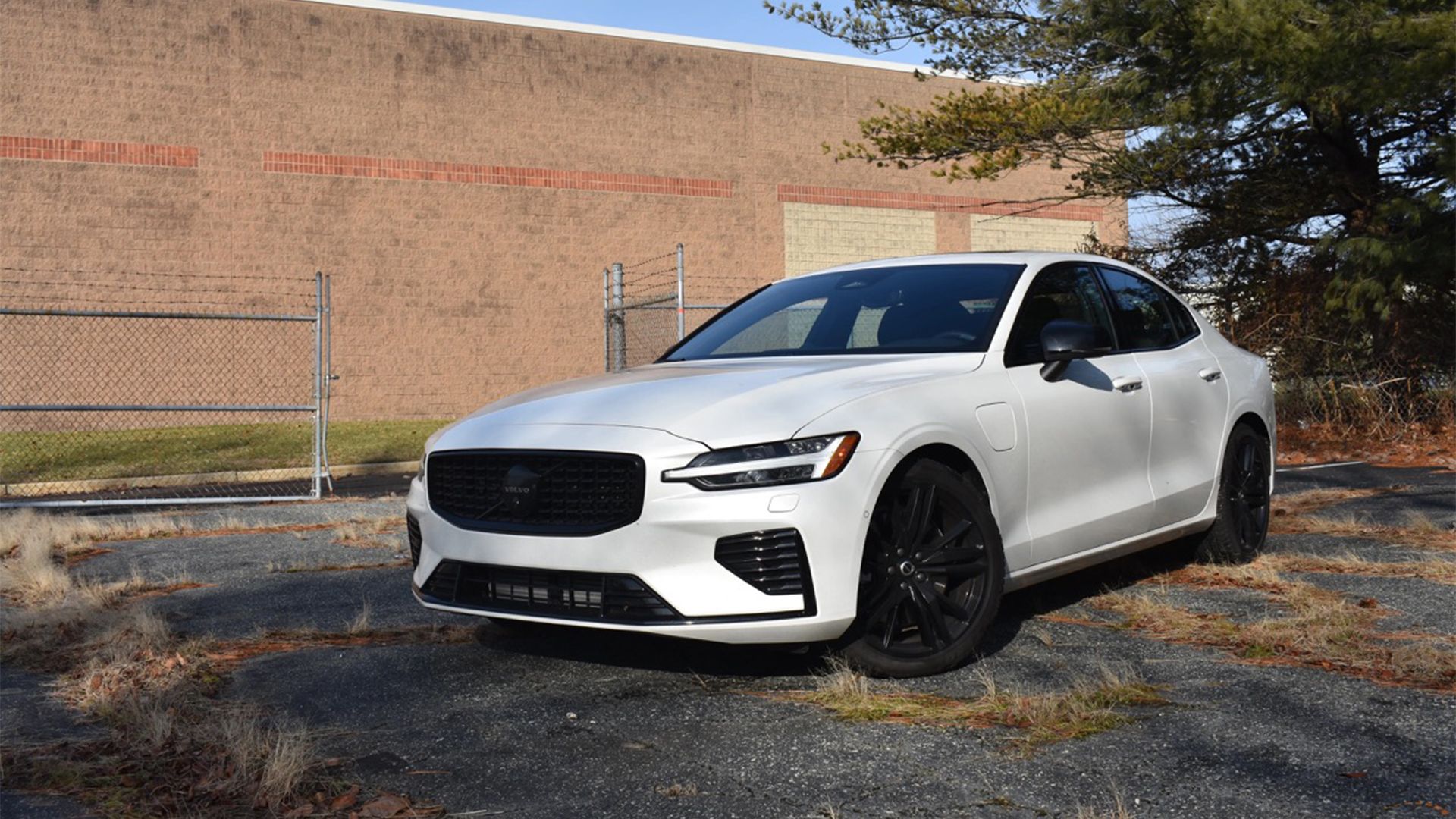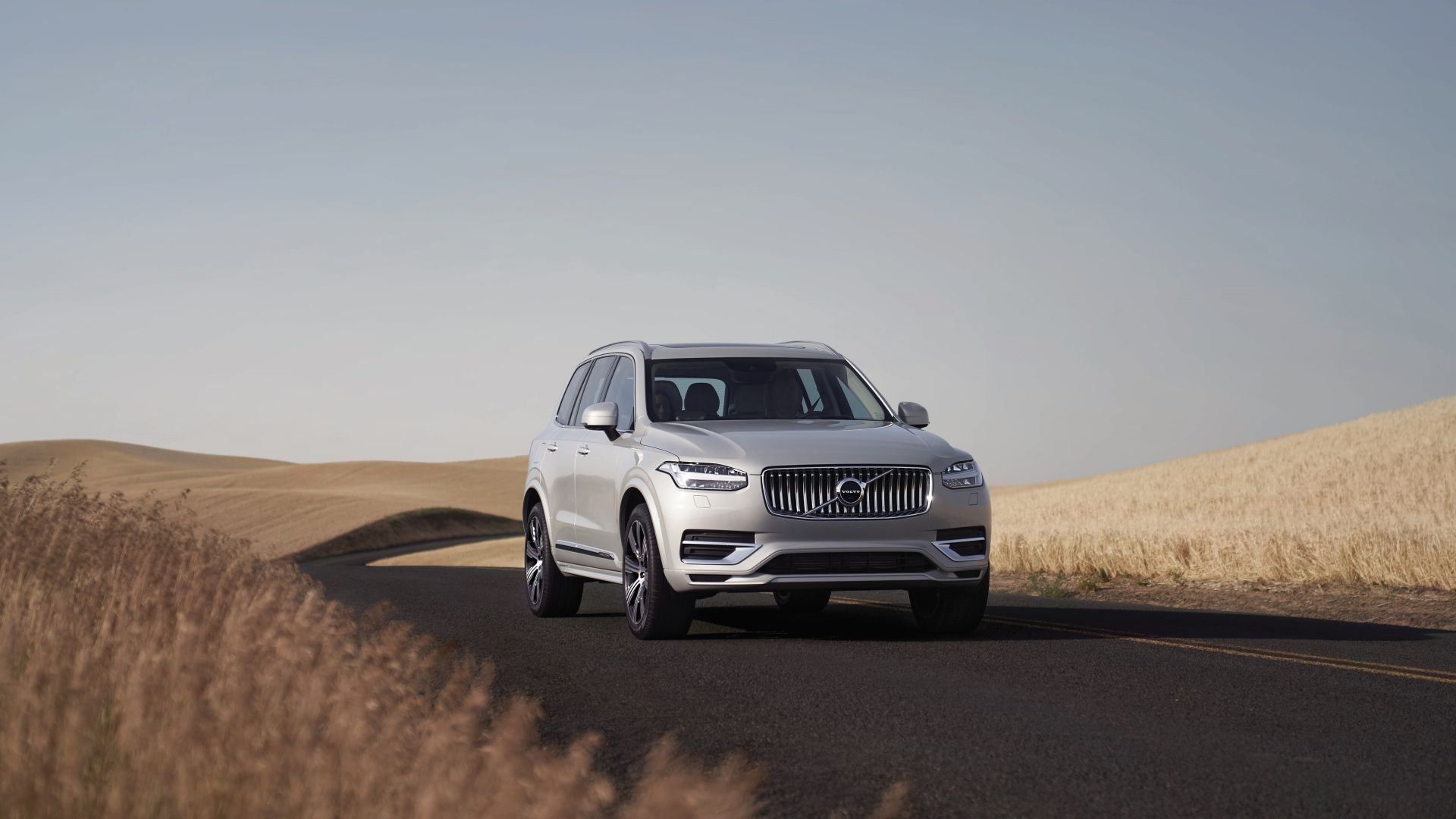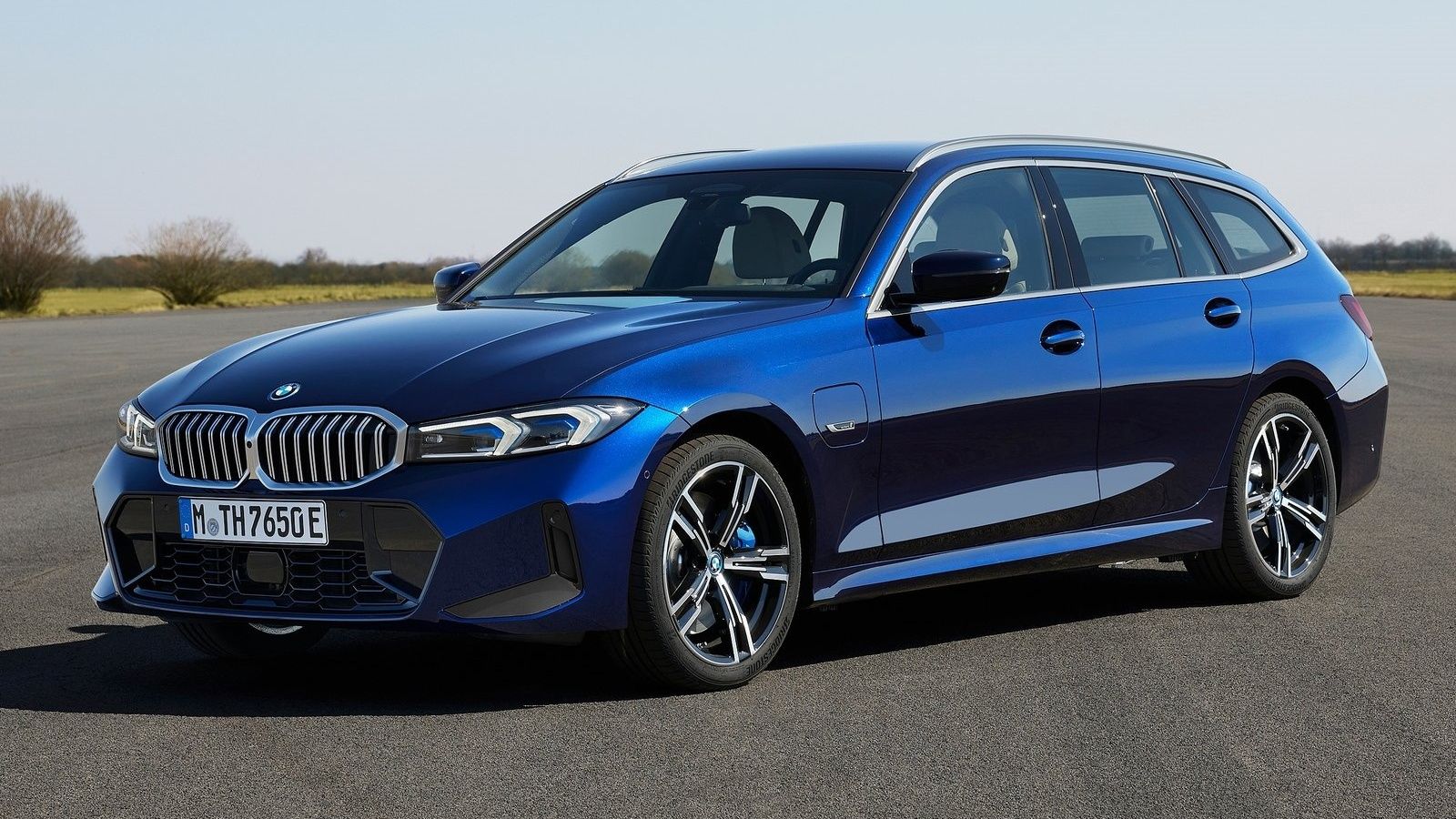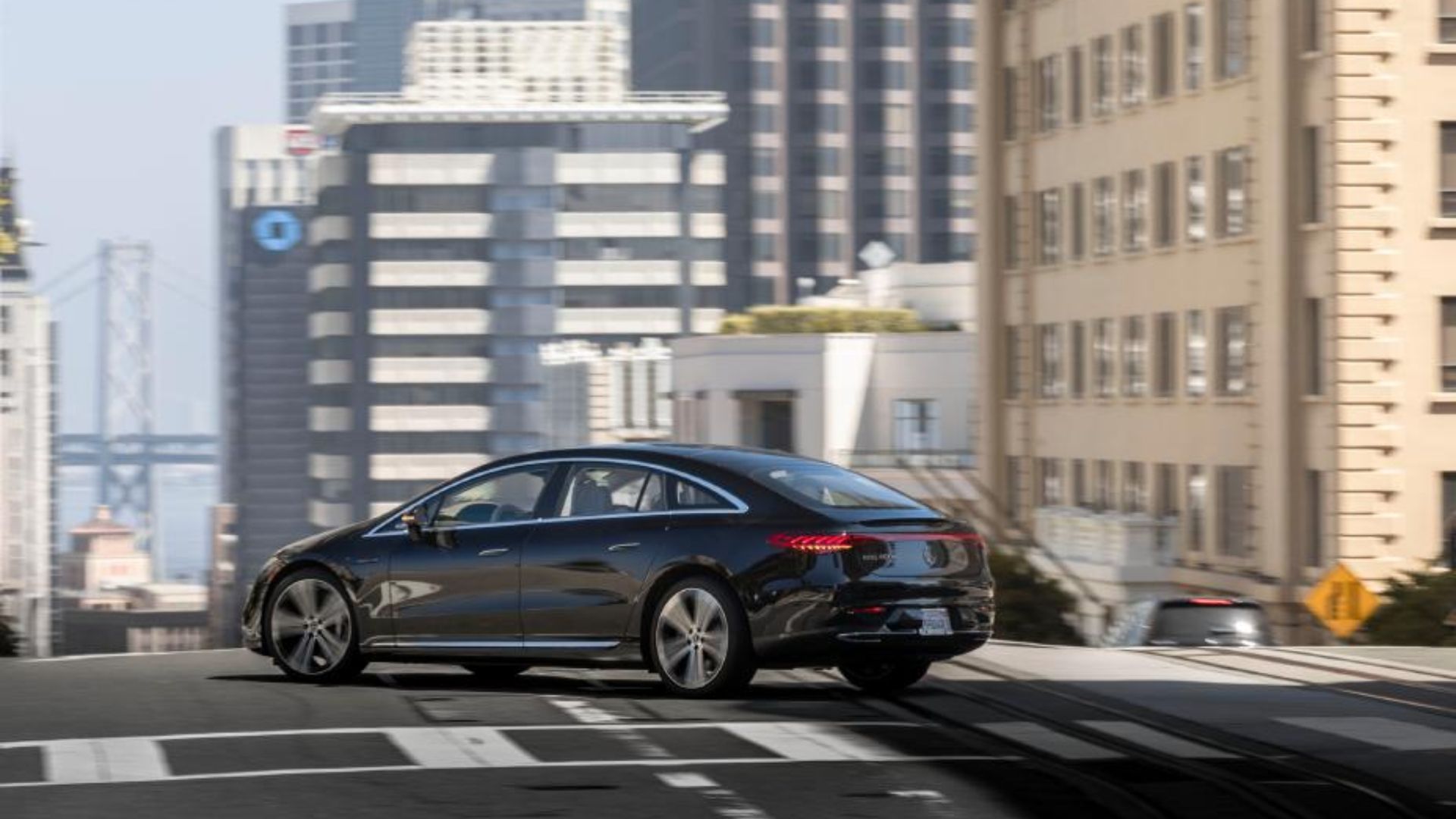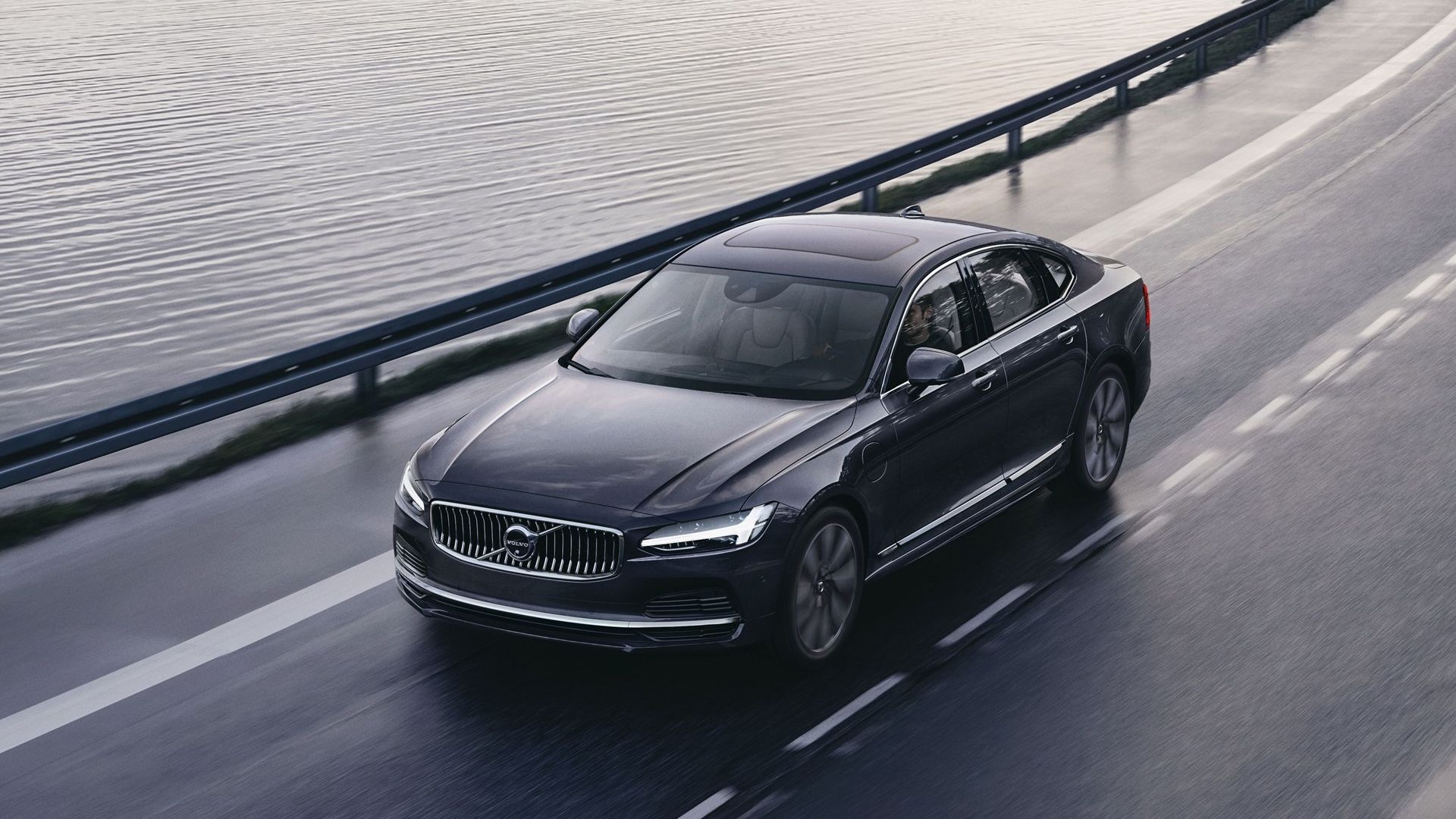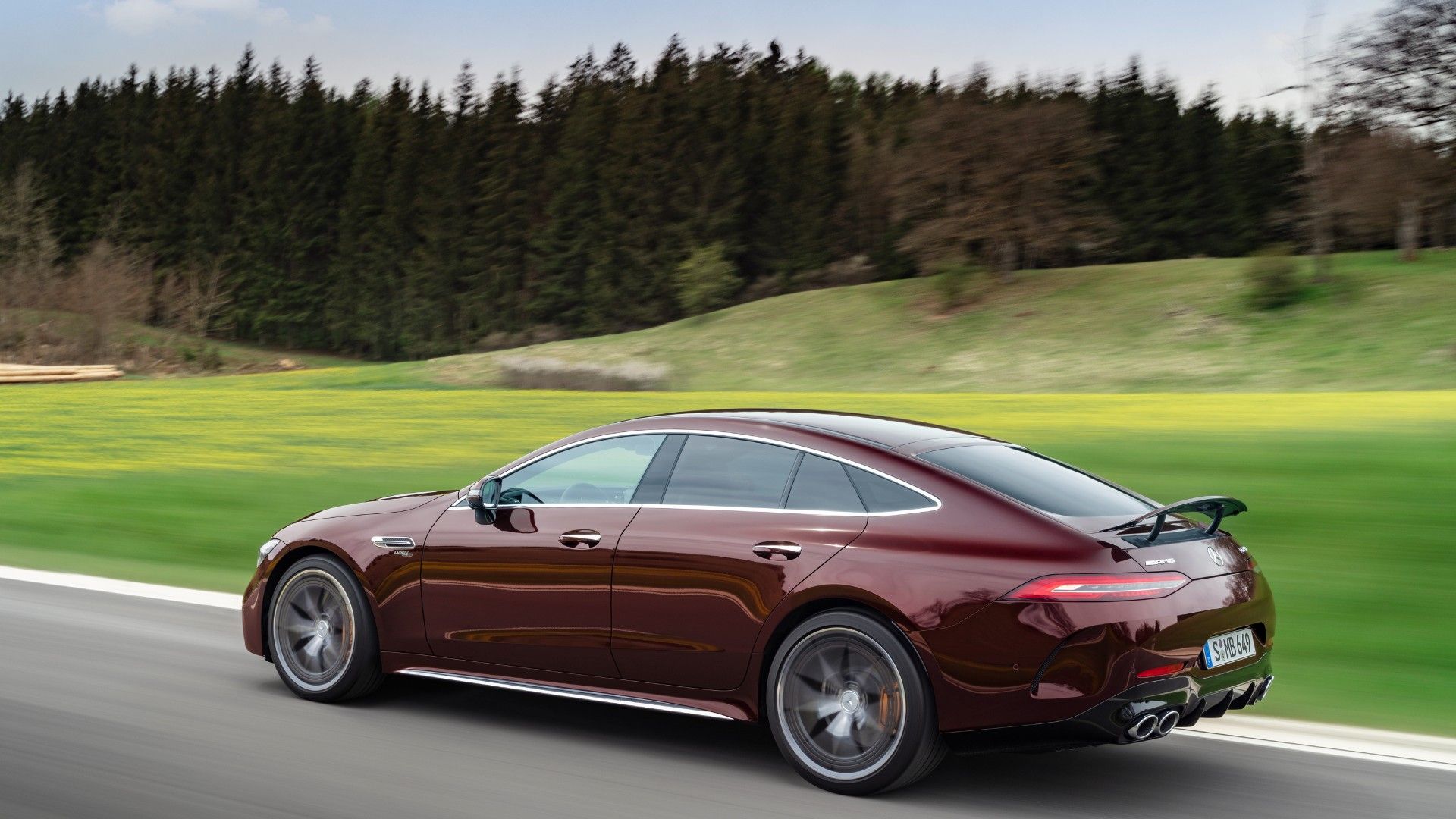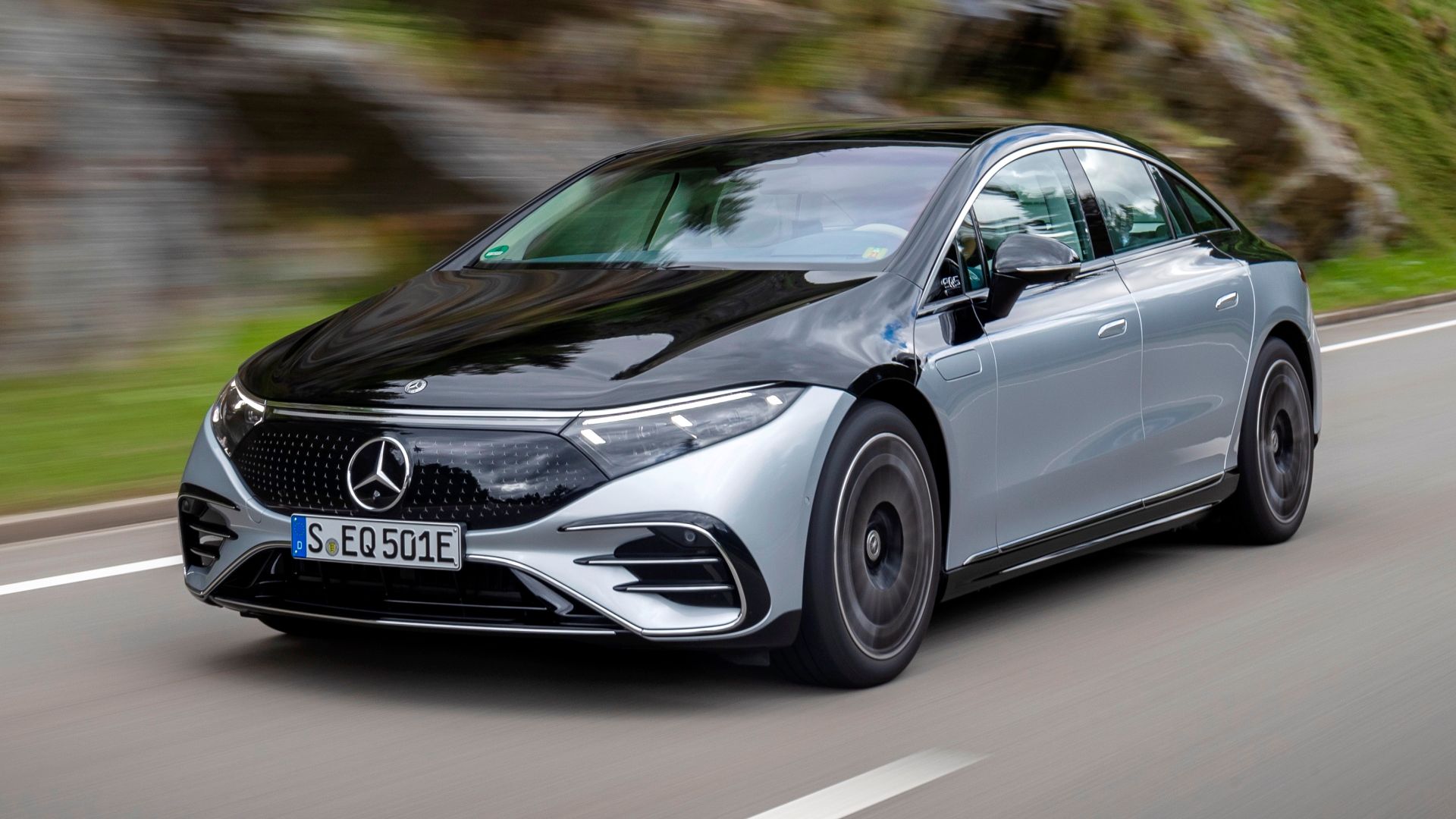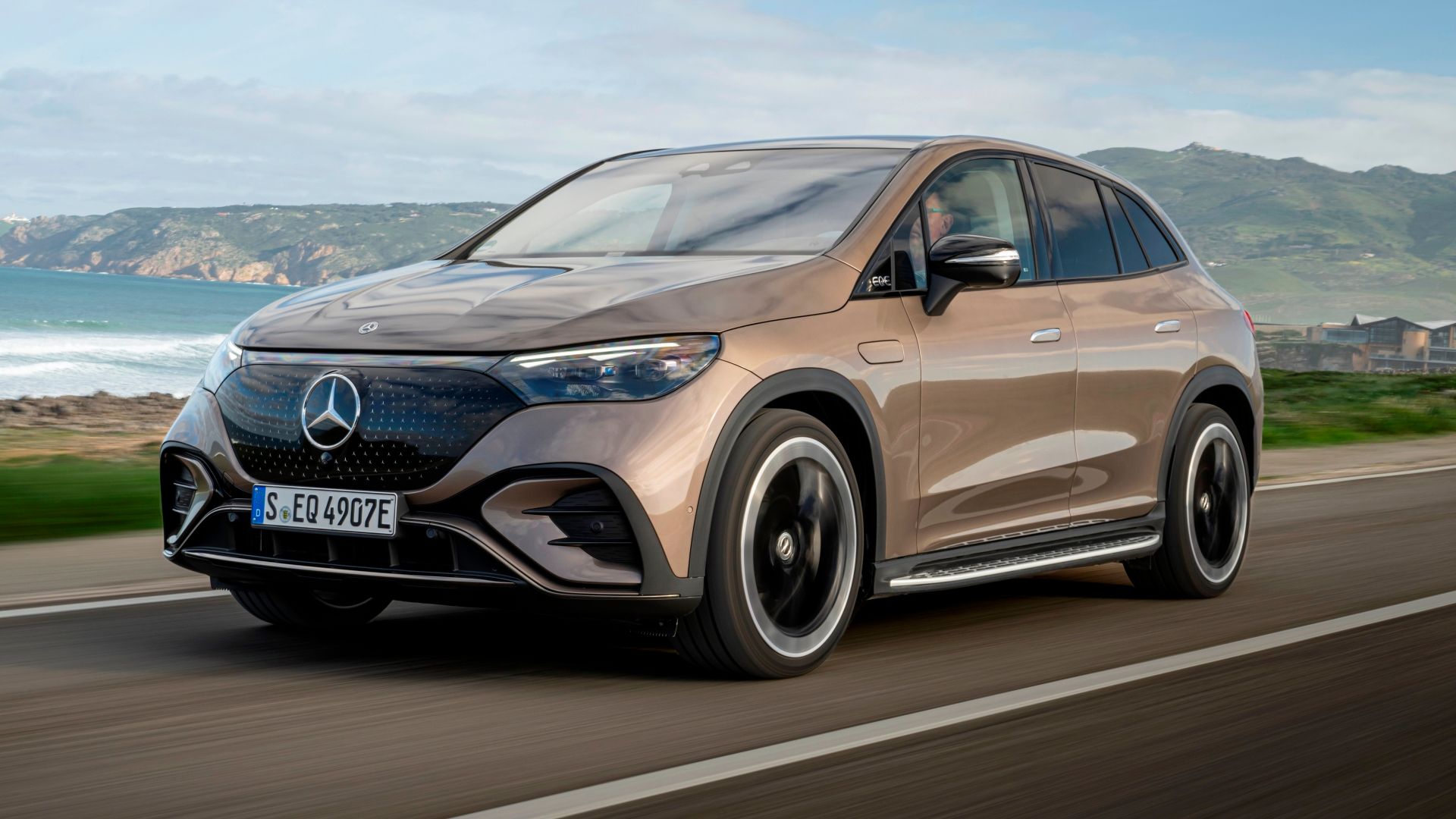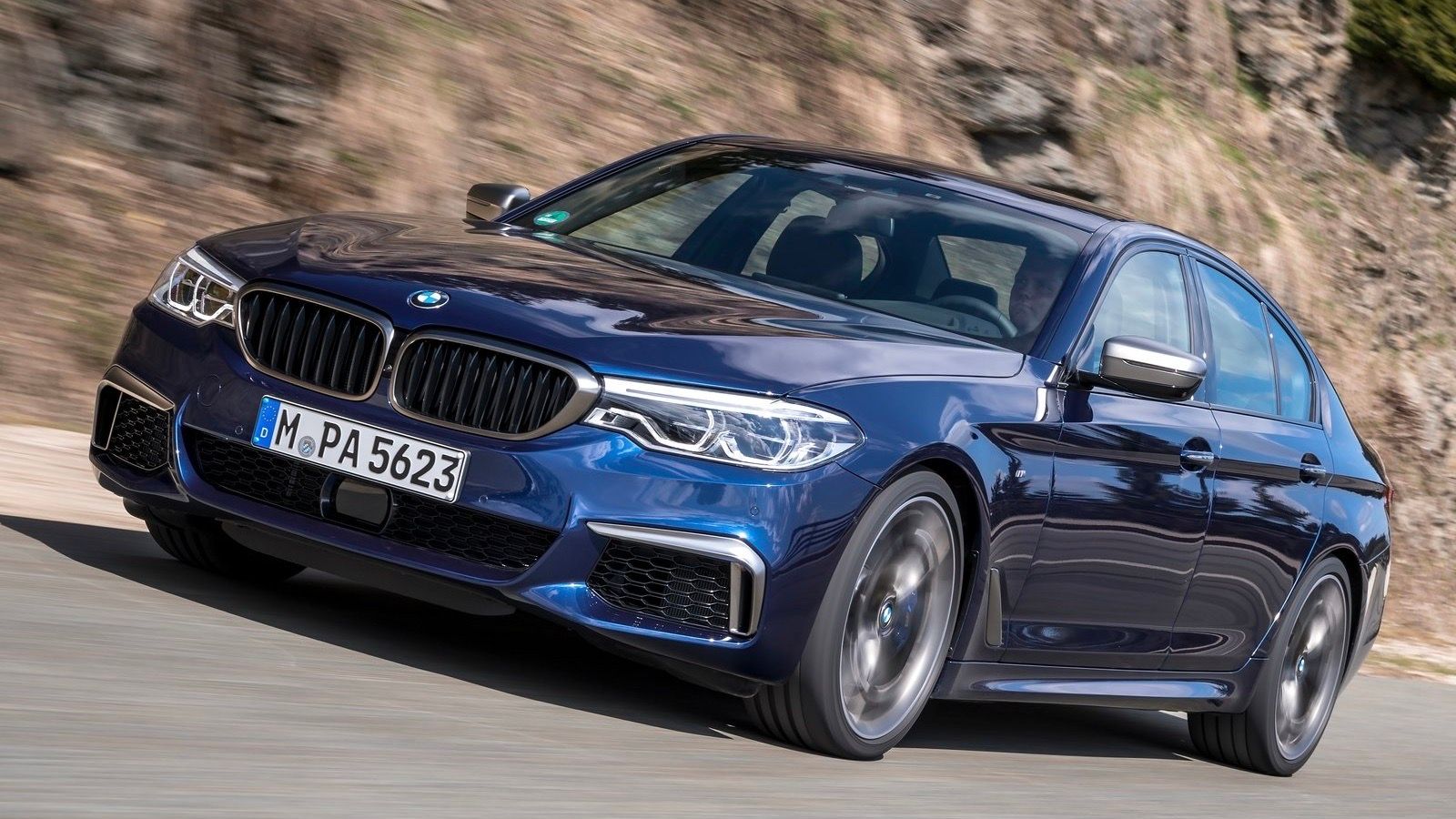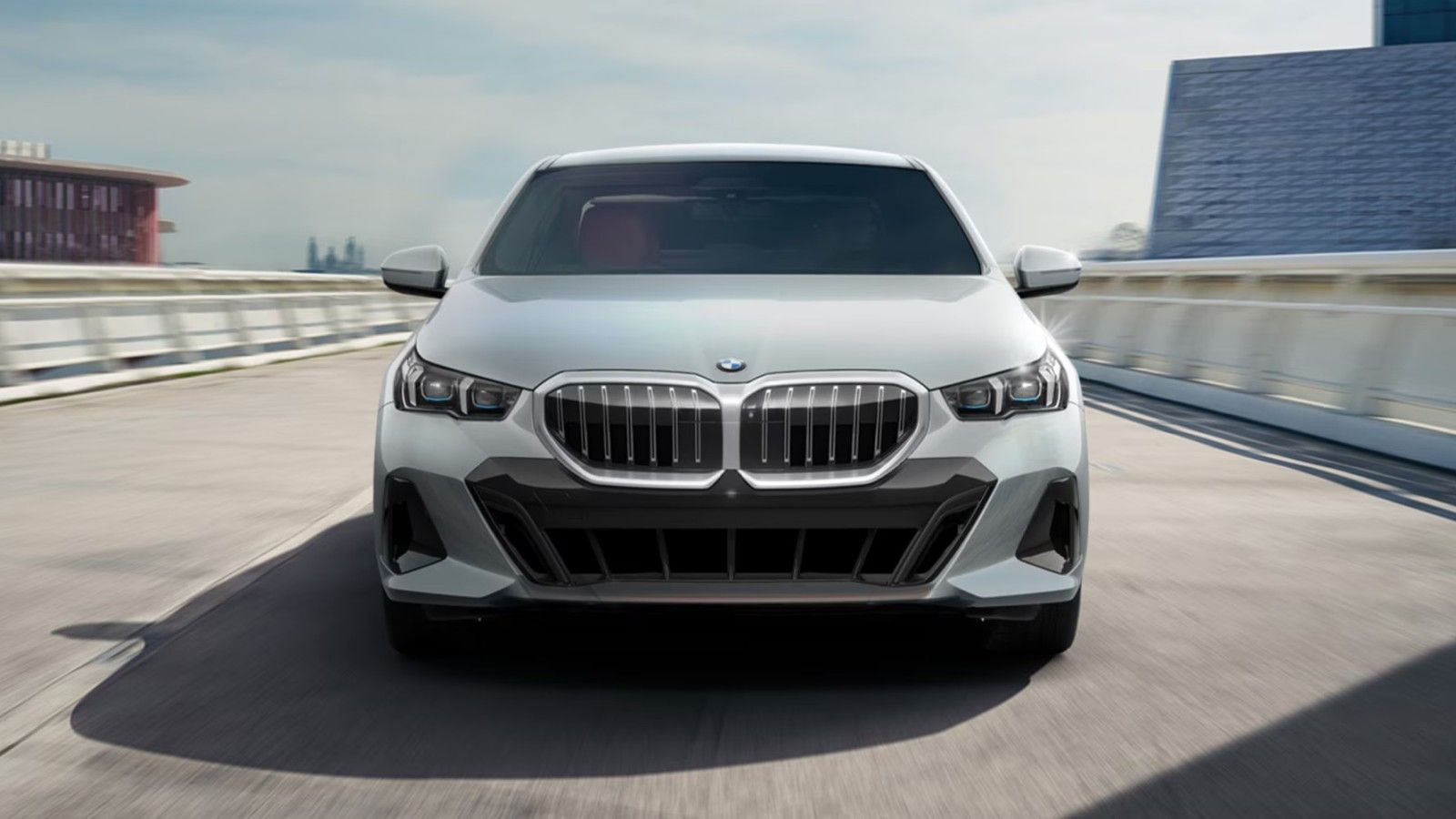Summary
- Mild hybrid vehicles offer a seamless transition for those hesitant to switch from gasoline vehicles to electric vehicles, providing a similar driving experience while still incorporating a motor.
- Mild hybrid vehicles have smaller batteries and less powerful motors compared to full hybrid vehicles, relying on the engine for propulsion and unable to offer an all-electric range.
- Mild hybrid vehicles are more affordable than electric and full hybrid vehicles, making them a budget-friendly option for those looking to save on fuel costs while still enjoying some of the benefits of hybrid technology.
The transition within the automotive world is happening and it is happening real quick. We are ditching gasoline-powered vehicles for hybrid, plug-in hybrid, or electric vehicles. There are many reasons behind this switch like being conscious about the environment, or being a part of the changing trend, and many others. However, it is also significant to shed light on the fact that how easy is this transition due to the recent technological advancements. Having motor-operated vehicles achieve face-melting speeds or plug-in hybrids to offer impressive power and range, is something we never expected to be a reality so soon. We now have EVs and hybrid vehicles outperforming gasoline vehicles in almost every department.
To make the switch from petrol and diesel vehicles to electric vehicles seamless were introduced hybrid and plug-in hybrid vehicles. However, what not many know is, there's also something called "mild hybrid vehicles" that falls right in the order. The mild hybrid technology was introduced in 2001 in the U.S. by none other than Toyota, monikered the Toyota Mild Hybrid System (THS-M). Despite being 20 years into existence, there's not much that many know about these mild hybrid vehicles. Hence, we bring you 10 lesser-known facts about mind hybrid vehicles.
1 Not Too Different From Pure ICE Cars
The biggest concern among drivers regarding the switch from gasoline vehicles to motor-operated vehicles was adaptability. No matter how fast an EV can go or how much range it holds, we cannot ignore the fact that the feel that they offer is different. It includes the propulsion, the vibration, and certainly the sound of the engine. The purists, even though agree with the environmental benefits of EVs, are having a tough time coming to terms with having to let go of that driving experience that comes with roaring gas engines.
That's where mild hybrid vehicles come into the picture. They are ideal for the ones who are finding the transition difficult. They do have a motor attached to the engine, but that doesn't steal away the joy of driving. In short, mild hybrid vehicles are gasoline-oriented in every way possible (except for a few).
2 Boasts Smaller Battery And Less Powerful Motors Compared To Full Hybrid Vehicles
How are hybrid and electric vehicles different from ICE vehicles? Well, an ICE-powered vehicle will have an engine under its hood that powers the vehicle with the help of gasoline. The engine is replaced by a motor (or motors) in electric vehicles. The hybrid vehicle offers the best of both worlds. It houses an engine and a motor battery setup to offer performance and range. Similar is the case with plug-in hybrids.
When it comes to mild hybrid vehicles, they possess a powertrain similar to a hybrid vehicle but with smaller batteries. A pure hybrid vehicle usually houses up to 30 kWh battery alongside a gas engine. Whereas, a mild hybrid vehicle is equipped with 36 to 48-volt system that can generate not more than 15 kW worth of power. The major difference between the two powertrain setups is that a pure hybrid vehicle can rely completely on the motor but a mild hybrid vehicle cannot. It cannot propel on its own without being dependent on the engine.
3 No "All-electric Range"
As discussed above, a mild hybrid vehicle cannot entirely depend on its motor setup to propel itself. Unlike a complete hybrid vehicle, where the electric motor "co-exists" with the engine, its main function in mild hybrids is to assist the engine. Also called MHEVs, mild hybrid vehicles do offer better fuel economy and fewer CO2 emissions but no all-electric range.
An MHEV owner will undoubtedly save many dollars in fuel costs in the long run. However, if you compare that with what you might save with an electric vehicle, a hybrid, or a plug-in hybrid then the MHEV might seem not so remarkable.
4 Cheaper Than Full Hybrids
The fuel cost saved over time is an enticing factor for many to consider the switch. As per energy.gov, the average fuel cost savings for an EV driver was about 60-percent in 2021. With the rising technology and availability of various options, fuel savings can only go up. However, let us not forget that this cost-saving also comes with a cost. Electric, hybrid, and plug-in hybrids are quite expensive compared to ICE vehicles. You might need to shell out at least $27,000 for a decent electric car in the U.S. The average price goes up to $30,000 if you desire a hybrid vehicle.
On the other hand, the cheapest PHEV that you can own is the Toyota Prius Prime which has an MSRP of $32,350. However, you can find an MHEV around $25,000 and also a $100,000 and beyond MHEV. From budget-friendly makers like Toyota to luxury automotive manufacturer Volvo, all have MHEVs in their lineup. The thing is, you can invest in a luxury and a high-end vehicle if you opt for an MHEV over an electric or a hybrid vehicle.
5 Fuel Efficiency Cannot Match That Of Full Hybrids
The primary function of the humble electric motor in an MHEV is not to take all the load upon itself at any time. As we discussed many times already, the job of this motor is to "assist" the main engine that does most of the work when it comes to propelling the vehicle forward.
However, these parameters sound alluring only when compared to gasoline cars. No matter what, MHEVs can never match the fuel efficiency of traditional hybrids or plug-in hybrids. These vehicles come with bigger batteries that save a large amount of energy and also possess a notable "all-electric range".
6 Mild Hybrid Vehicles Are "Low Emission"; Not "Zero Emission"
Many make the mistake of associating the word "hybrid" with zero emission. However, that is not true in this case. Even full hybrid vehicles and PHEVs are considered low-emission vehicles, but the difference is that the latter vehicles can also switch to being completely electric. There is no emission when the vehicle is running on its electric motors.
However, this scenario changes in MHEVs. There is no situation where the vehicle is running entirely on electricity. The engine does shut off during coasting, but that is only marginal, making mild hybrid vehicles low emission and not zero emission.
7 Regenerative Braking Is Nearly Non-Existent
As we all know, energy is generated each time the vehicle's (hybrid or plug-in hybrid) brakes are applied. This generated energy is stored in batteries and is used on priority until switched to the engine, once the batteries are depleted or as per the driver's wish. Most MHEVs use a battery with 48V capacity. This isn't enough to store energy beyond a limit and thus are unable to store energy gained from regenerative braking from time to time.
This is a big demotivating factor for someone who is considering a hybrid vehicle but if you see it from a practical point of view, you really cannot be disappointed. Let us remind you once again that MHEVs are ICE vehicles that take a small amount of help from the electric setup.
8 There Are More MHEVs Around Than We Realize
We are constantly aware of Tesla or GM launching ground-breaking EVs. We are also educated about Toyota, Hyundai, Ford, Volvo, and many others entering the PHEV race. But are we aware of the latest MHEV? Or when was the last MHEV launched? This brings us to the conclusion that MHEVs are probably not that popular. However, that is not true. Mild electric vehicles are quite popular and many renowned brands like BMW, Volvo, Chevy, Honda, and General Motors have them in their lineup.
Here are some vehicles that you probably didn't know were mild hybrids:
- Ram trucks and Jeep SUVs with the eTorque system
- GM vehicles with the eAssist system
- Honda hybrids with Integrated Motor Assist
- Almost every new launch from Audi, Mercedes-Benz, and Volvo
9 There Is No "Plug-in" Mild Hybrid
A hybrid vehicle gets the juice from the energy stored in its battery. These batteries are usually large and can store a considerable amount of energy gained from regenerative braking, to be deployed later. This adds to the vehicle's "all-electric range", and also to the MPGe. To add more oomph to this feature, automotive companies introduced plug-in hybrids a.k.a. PHEVs. These hybrid vehicles come with a plug-in feature that lets us charge the vehicle from an external power source.
While we saw hybrid vehicles split further into pure hybrids and plug-in hybrids, the mild hybrid vehicles turned out to be a different breed. The emphasis on "mild" is massive in this aspect. In simple words, an MHEV is nothing but a gasoline-powered vehicle with a small battery attached. The 48-volt power setup acts mainly as an auxiliary factor to the engine setup. Due to its role and the size of the battery, having a plug-in MHEV will clearly kill the concept.
10 Has The Unique Start-Stop Feature
Another advantage is that mild hybrid vehicles have an automatic start and stop function. This means the engine is turned off automatically while the vehicle is at a stop light. When it is time to move again, the 48-volt electrical system restarts the engine without wasting any gas. The ignition part is where a majority of gasoline-powered vehicles lose their gas. Over time, the saved fuel savings add up, and you save more on fuel as compared to a gasoline vehicle.

